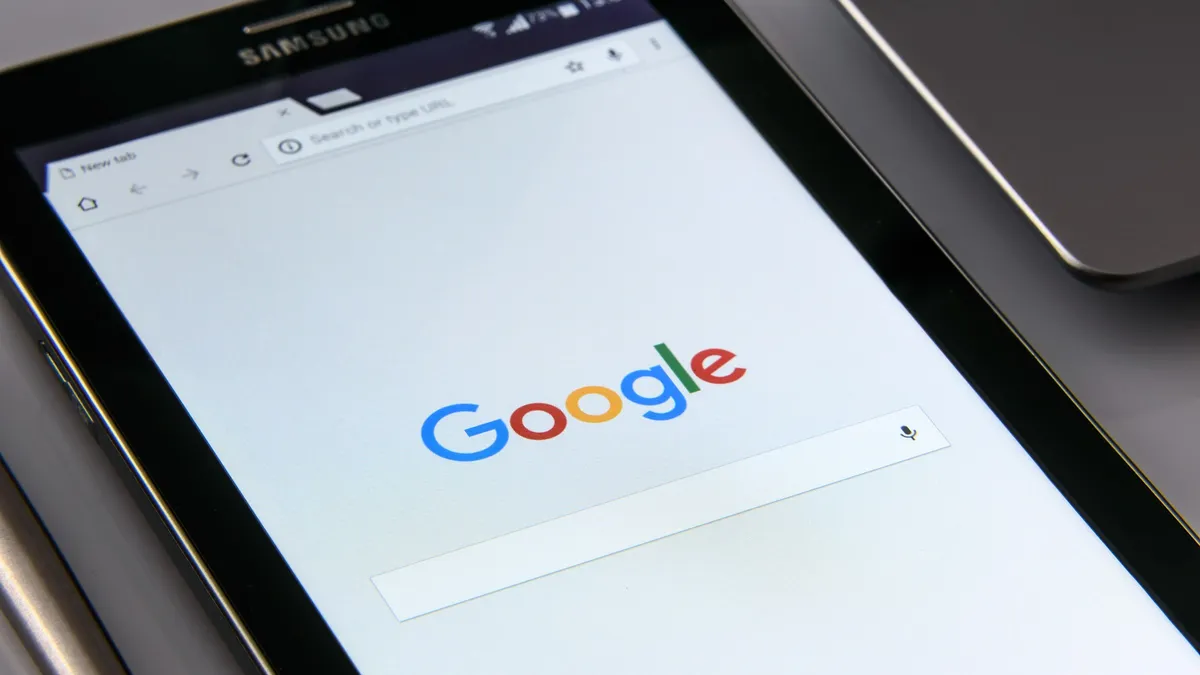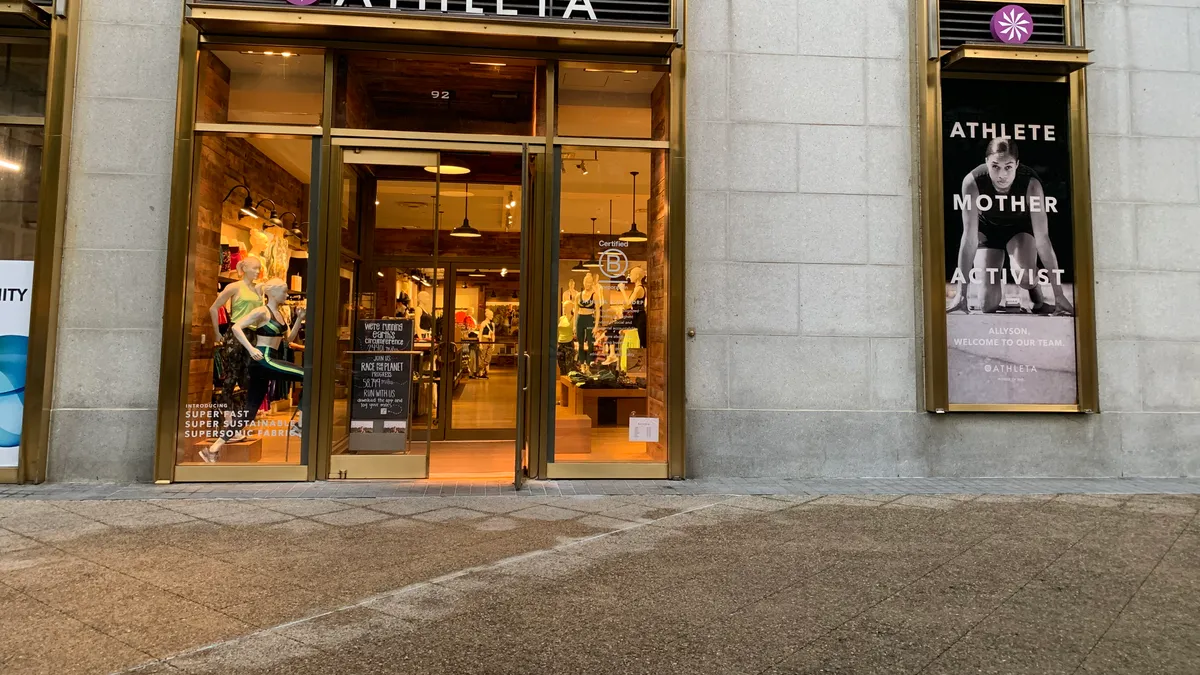Editor's Note: The following is a guest post from Thomas Walle, CEO and co-founder of Unacast.
Over the past few years, location and proximity data have transformed the retail space — both literally and figuratively. Proximity data is no longer a nice-to-have; it's quickly becoming a requirement for doing business in the modern age. That being said, simply having location and proximity data does not translate to automatic success.
Here are a few examples of brands that have used proximity data to their advantage.
Barneys New York tailors shopping recommendations and content
The luxury department store Barneys recently digitized its newly-opened flagship in Manhattan, implementing a full beacon network and equipping its employees with iPads in order to provide a more personalized shopping experience.
Customers who use the Barneys mobile app will now be prompted to permit notifications and allow Barneys to use their location in order to determine their proximity to one of its retail locations. Those who say yes will start receiving editorial content from Barneys' in-house magazine, and customers who are shopping in-store will receive targeted notifications or recommendations based on their previous shopping histories.
In addition to promoting Barneys stores and the products sold in them, the mobile app offers recommendations to restaurants nearby and other attractions in the neighborhood, making it feel less like an advertisement and more like a local guide. For apps like these that require customers to give up personal information, it's important to strike a careful balance in the type of content being shared: too many overtly promotional notifications, and users will simply opt out; too few, and the retailer won't see the benefit of implementing beacons.
Swirl and AccuWeather rethink weather forecasts
In May of this year, Swirl and AccuWeather announced a partnership that would see the mobile location-tracking platform and the weather company join forces to "[bring] the most advanced, real-time weather targeting capabilities to indoor mobile location marketing." Brands using the Swirl platform will now have access to AccuWeather's weather data, and can use that data to offer specific in-store experiences based off of a customer's local weather conditions. Swirl's platform utilizes a number of different proximity and location technologies, including beacons, WiFi and Visible Light Communications in order to ascertain a user's exact position within a store and send messages accordingly.
To give an example, during a heatwave, a clothing retailer could send notifications to shoppers telling them where the swimsuits, shorts and other warm-weather apparel is located — or send discounts to those already busy browsing the shelves. Restaurants could send notifications to people nearby warning of rain showers, and offer discounts to help them beat the bad weather. All in all, there is a slew of ways in which brick-and-mortar retail spaces can use these weather capabilities to help increase traffic.
Proximity use cases
It's all well and good for brands to know that they should be using location and proximity data, but how should they actually be leveraging that information in their marketing? Attribution, audience modeling, cross-device, data verification, predictive analytics, foot traffic analytics — all these are ways for brands to begin using location and proximity data to their advantage.
Of these, attribution is probably the one that has been talked about the most; after all, an ad's success should be measured not by how many people clicked on it, but whether it fulfilled its purpose of raising awareness or drawing people into stores. Placed, a location analytics tool, recently partnered with a national fast food advertiser to measure the effect mobile advertising had on in-store visits. By using Placed's Attribution feature, the advertiser was able to see that the group that was exposed to ads was 42.6% more likely to visit the restaurant than the group that was not shown ads.
Location and proximity data can also help brands with audience modeling. In the example mentioned above, the advertiser was able to see which audience segments responded most favorably to the ad, including their age, ethnicity and estimated income. This means that going forward, that advertiser is better able to optimize their ads and target them to a specific consumer or demographic. This, alongside the use of proximity data to predict customers' shopping patterns and map out foot traffic to retail stores, allows brands to better understand their customers and offer them the kind of personalized experience they've come to expect.
Proximity data has affected brands in multiple ways, but most importantly, it's made brands cognizant of the quality and context of the ads they put out. By allowing them to tailor their ads based on weather, location and consumer profiles, it's also forced brands to think about how they reach out to consumers — how often they send notifications, the tone of any customer communications and whether it adds value to their experience. Ultimately, the use of proximity data has made brands more accountable to the needs of their customers — which isn't a bad thing.

















